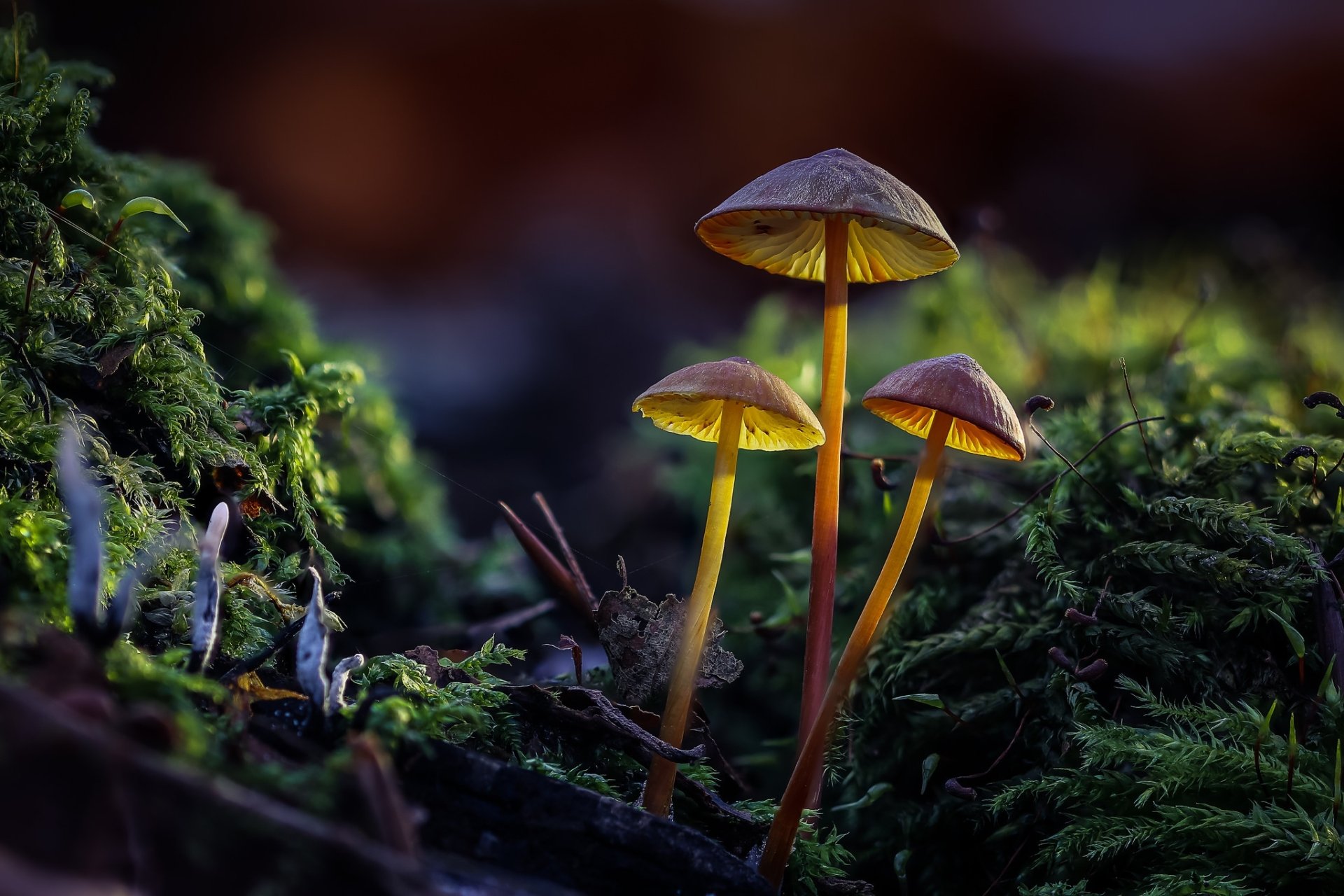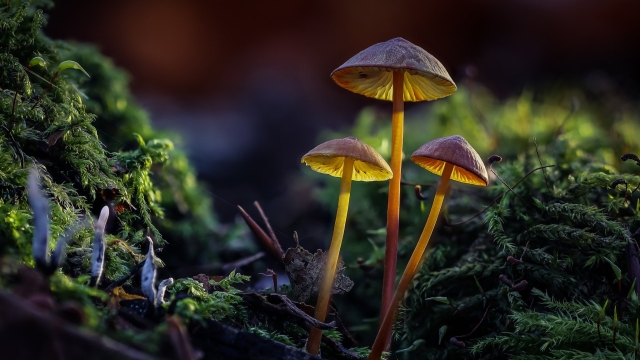
Welcome to the enchanting realm of mushroom cultivation, where the ordinary transforms into the extraordinary. In this captivating journey, we will delve into the mysterious art of growing mushrooms, unearthing the well-guarded secrets that lead to bountiful harvests. As nature’s hidden treasures, mushrooms have captivated our imaginations for centuries, promising a world of flavors, textures, and medicinal wonders. With their delicate yet tenacious nature, mushrooms hold a profound allure, beckoning us to explore their magical kingdom, layer by layer.
Embarking on the path of mushroom cultivation requires a blend of patience, precision, and a touch of wizardry. From humble beginnings, these fascinating fungi can flourish into a thriving harvest, offering a glimpse into nature’s resilience and our own potential as cultivators. As we unlock the secrets of successful mushroom growing, we will uncover the intricate dance between biology, environment, and our own nurturing touch. So, prepare to delve into the realms of mycelium and substrates, for within lies a world brimming with possibilities and the promise of an abundant mushroom harvest.
Choosing the Right Mushroom for Cultivation
There are countless varieties of mushrooms available for cultivation, each with its own unique characteristics and requirements. When selecting the right mushroom species to grow, it is crucial to consider factors such as climate, growing conditions, and personal preference.
One popular choice among mushroom growers is the oyster mushroom (Pleurotus ostreatus). With its versatility and adaptability, the oyster mushroom is suitable for cultivation in a wide range of climates. It thrives in moderate temperatures and has a relatively short growth cycle, making it an ideal choice for beginners.
Another popular option is the shiitake mushroom (Lentinula edodes). Known for its rich flavor and various health benefits, the shiitake mushroom is in high demand worldwide. However, it requires a more specific growing environment, including cooler temperatures and high humidity. Additionally, shiitake mushrooms have a longer growing cycle compared to other varieties.
For those looking for a unique and visually striking mushroom, the lion’s mane (Hericium erinaceus) is an excellent choice. With its cascading white tendrils resembling a lion’s mane, this mushroom is not only a delight to the eyes but also has a delicate seafood-like taste. Lion’s mane mushrooms prefer cooler temperatures and require a more controlled growing environment.
Mushroom Growing
In conclusion, choosing the right mushroom for cultivation depends on various factors, including climate, growing conditions, and personal preference. Whether you decide to grow oyster mushrooms, shiitake mushrooms, or the impressive lion’s mane, each variety offers its own rewards and challenges in the magical world of mushroom cultivation.
Creating the Ideal Growing Environment
Temperature Control:
Maintaining the proper temperature is crucial for successful mushroom cultivation. Different types of mushrooms have different temperature requirements, but a common range is between 55 to 65 degrees Fahrenheit. A steady temperature ensures optimal growth and prevents the development of diseases or pests.Humidity Levels:
Mushrooms thrive in high humidity environments. Ideally, the humidity should be kept around 85 to 95 percent. This can be achieved by spraying water or using humidifiers to create a moist atmosphere. Adequate humidity prevents the mushrooms from drying out and promotes healthy growth.Controlled Lighting:
While most mushrooms don’t rely on light for their growth, indirect or dim lighting can be beneficial in stimulating the mushroom’s development process. Some types of mushrooms may require a specific light cycle to trigger fruiting. It is important to research the lighting needs of the specific mushroom variety you are cultivating and adjust accordingly.
Remember, creating the ideal growing environment for mushrooms is essential for a successful harvest. By focusing on maintaining proper temperature, humidity levels, and controlled lighting, you can unlock the magical world of mushroom cultivation and unveil the secrets to successful growing.
Key Techniques for Successful Mushroom Cultivation
Proper sanitation is crucial in mushroom cultivation. Keeping your growing environment clean helps to prevent contamination and ensures healthy mushroom growth. Before starting, make sure to clean and sanitize all equipment and tools, as well as the growing area itself. Regularly sterilize the substrate or growing medium to eliminate any potential harmful bacteria or fungi.
Maintaining consistent temperature and humidity levels is another important factor in successful mushroom cultivation. Different mushroom species have their preferred temperature and humidity ranges, so it is essential to research and understand the specific requirements for the mushrooms you are growing. Use a thermometer and hygrometer to monitor and control the conditions in your growing space, making adjustments as necessary.
Proper ventilation is also key to successful mushroom cultivation. Mushrooms require fresh air exchange to ensure optimal growth. When growing mushrooms, make sure to provide proper ventilation in your cultivation area to prevent the build-up of carbon dioxide and excess moisture. This can be achieved by using fans, vents, or open windows to create airflow and exchange stale air with fresh air.
Following these key techniques, along with proper light exposure and careful monitoring, will greatly increase your chances of successful mushroom cultivation. Remember to adjust and refine your techniques based on the specific needs of the mushroom species you are growing. With dedication and attention to detail, you can unlock the secrets of successful mushroom growing and enjoy the magical world of cultivating your own mushrooms.


